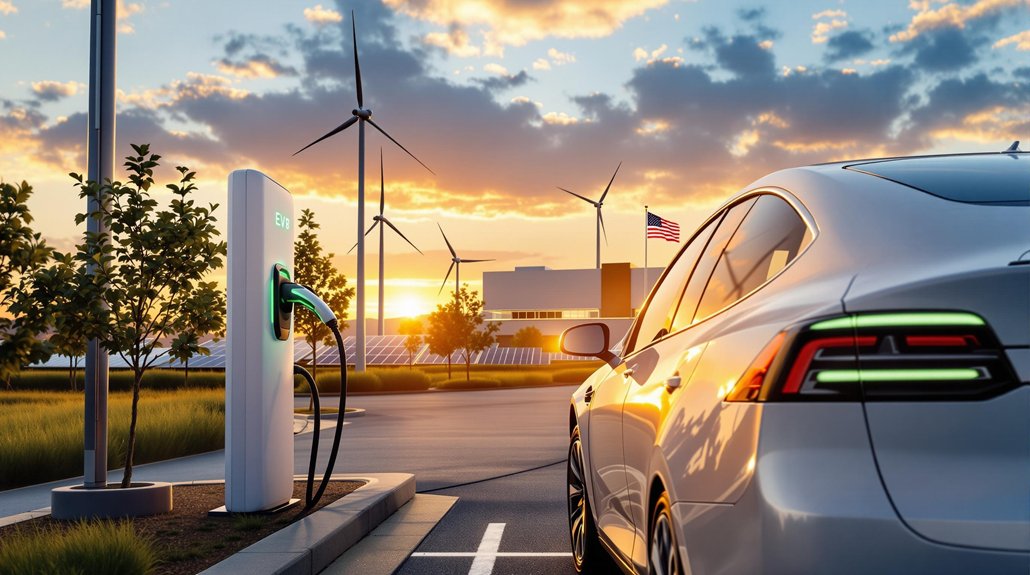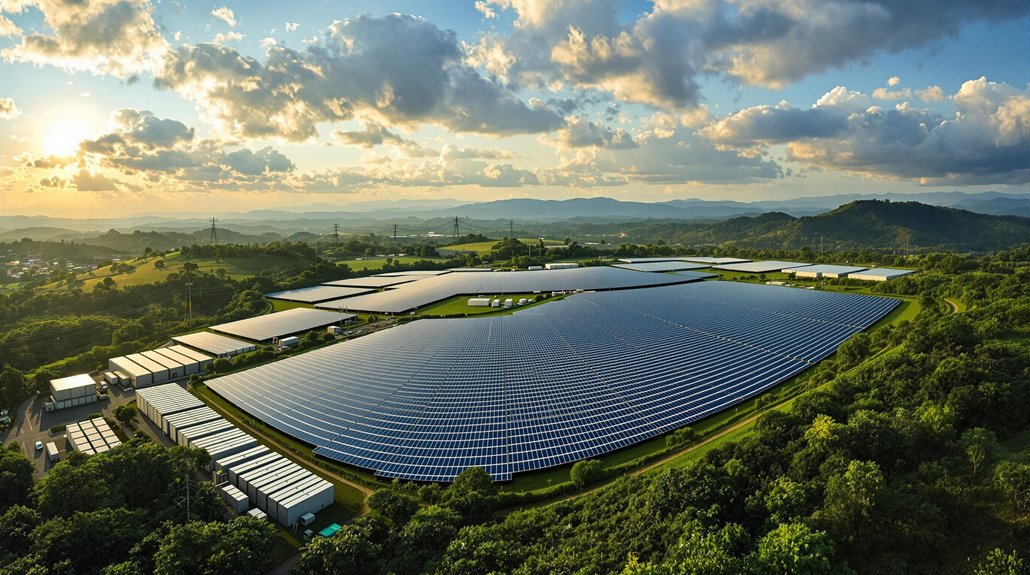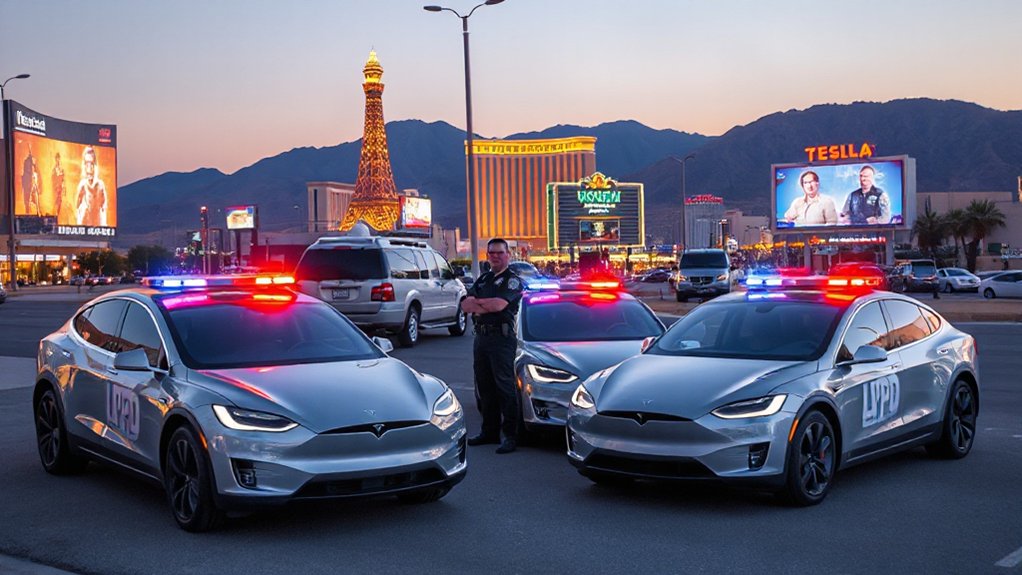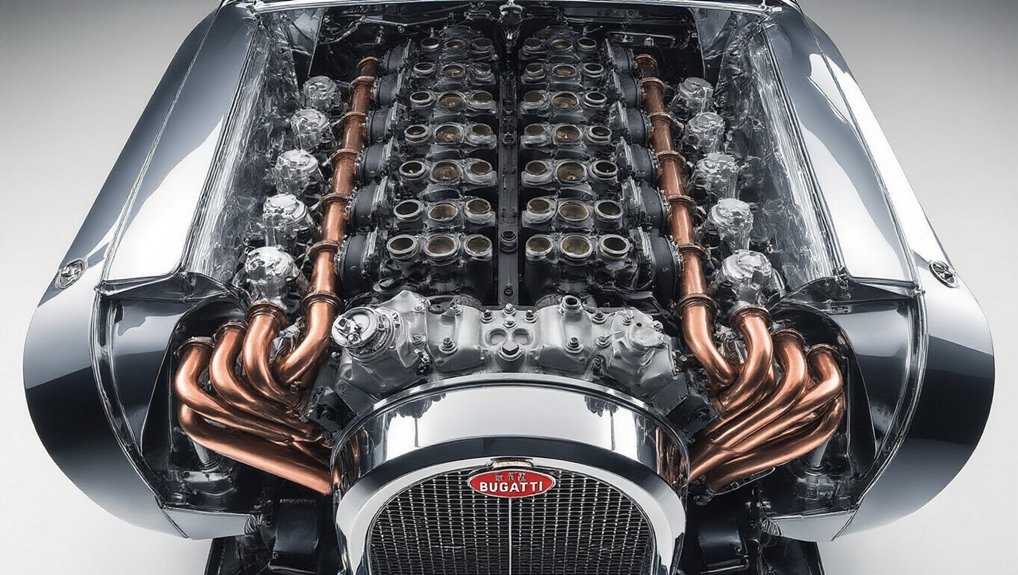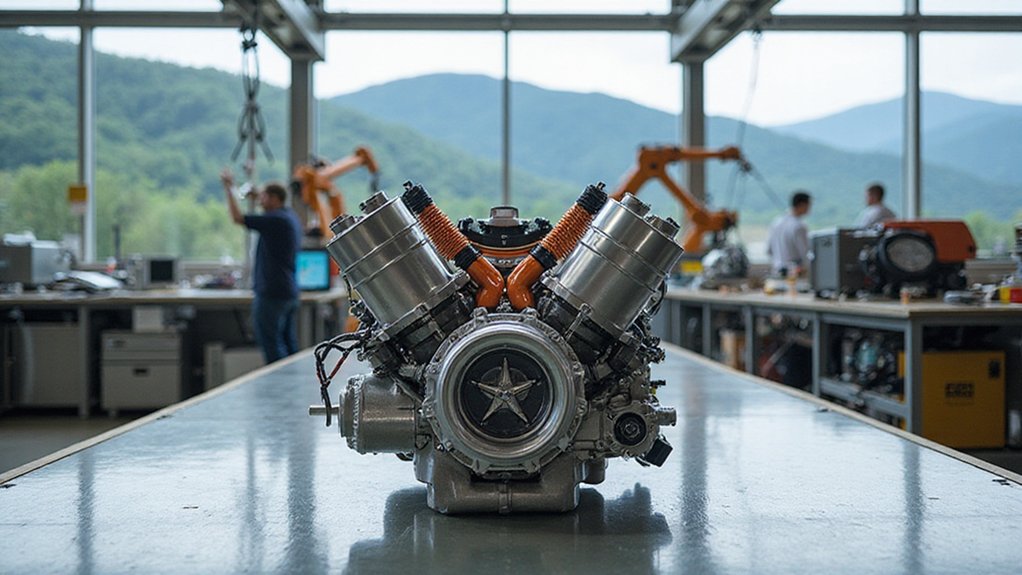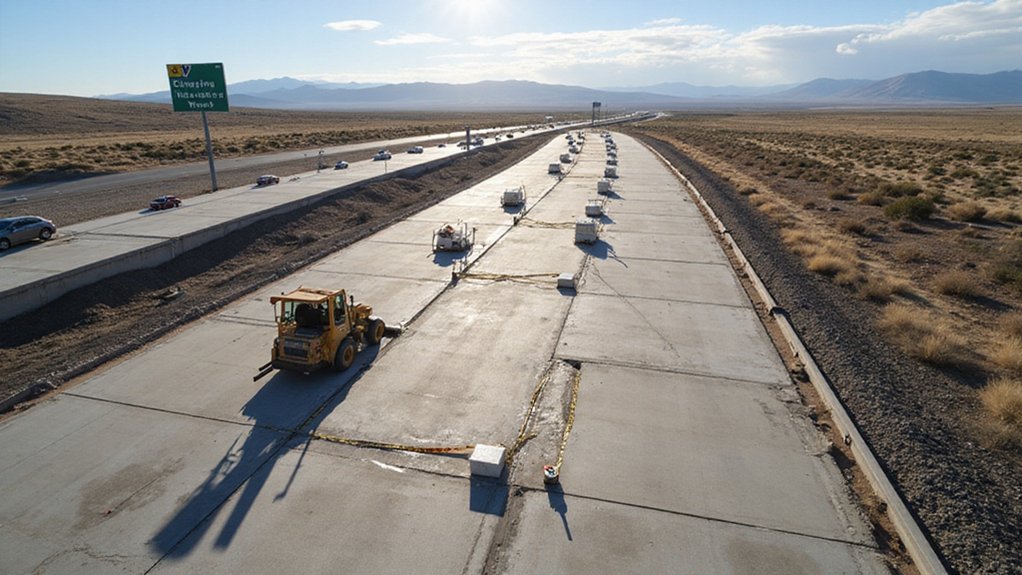The Inflation Reduction Act of 2022 is showing positive results for the EV market. Sales increased by 85% from 2020 to 2021, with 11,000 eligible new EVs expected this year. Private investment has surged to over $600 billion for clean energy, with $152 billion for EVs and batteries. Despite challenges like North American assembly requirements, the IRA’s $7,500 tax credits are helping to expand the market through 2032. The full impact continues to unfold.
As Democrats took a bold step with the Inflation Reduction Act in August 2022, they placed a massive bet on America’s electric vehicle future. The law invested $369 billion in climate and energy programs, with a significant portion aimed at making electric vehicles more affordable for Americans and bringing manufacturing back to U.S. soil.
The IRA offers tax credits up to $7,500 for new electric vehicles and $4,000 for used ones. Commercial vehicles can receive credits worth up to 30% of their sales price. These incentives will last until 2032, giving the market a decade to grow with government support.
The IRA’s generous EV credits create a decade-long runway for market growth through substantial consumer and commercial incentives.
Results have been swift. EV sales jumped 85% from 2020 to 2021. About 11,000 eligible new EVs were expected in 2023, with forecasts showing this number could increase to over 60,000 in 2024. EV leasing doubled from 15% to 30% between December 2022 and December 2023.
Private money has followed government investment. Over $600 billion in private funds have been announced for clean energy projects, including $152 billion specifically for EVs and batteries. These financial incentives align with broader federal tax credits that cover 30% of installation costs for renewable energy systems. These investments have created more than 86,000 new jobs across the country.
The law isn’t without challenges. It requires final assembly in North America and increasing percentages of battery components from the U.S. or allied countries. Currently, approximately 70% of the 72 EV models in the U.S. do not qualify for the tax credit due to stringent requirements. These rules have limited which vehicles qualify for the full credit initially.
Infrastructure development is also key to the plan’s success. The government allocated $7.5 billion for building charging stations, with a goal of 500,000 chargers by 2030. Currently, over 24,800 charging projects are in progress nationwide. This expansion represents a critical step toward emissions reduction goals as transportation remains the largest source of greenhouse gas emissions in the country.
Critics, mainly Republicans, oppose the focus on EVs and the subsidies. They point to the law’s estimated cost of up to $1.97 trillion over ten years. Trade tensions with allied countries have also emerged due to domestic production requirements.
Despite these challenges, early indicators suggest the Democrats’ green gamble is gaining traction as the EV market continues to expand under the IRA’s influence.
